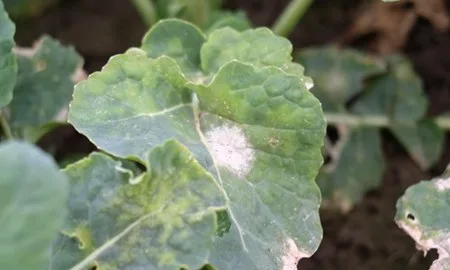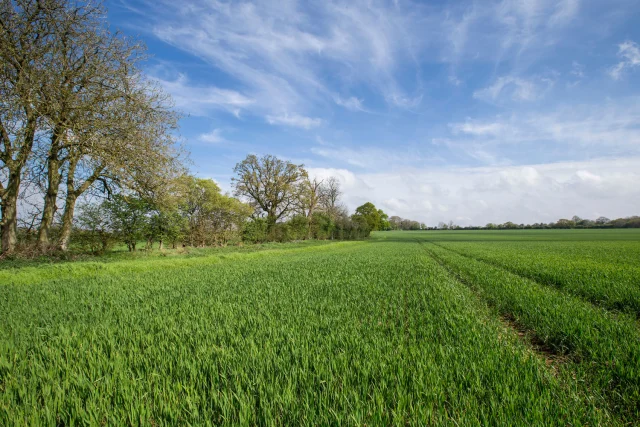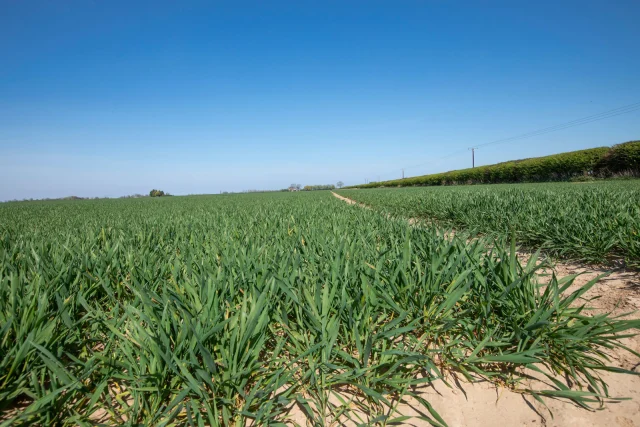Published on 24th January 2022
Local Insights
Check out these three agronomy tips for the North in February

Get the latest insight and expert advice for your farm. Tom Sowerby highlights three important agronomy tasks for February in the North.
Check out these three agronomy tips for the North in February Content
Crop Progress
Both cereals and oilseed rape crops are looking very promising after a productive autumn for getting crops established, with little excuse for not getting crops drilled. Up until mid-January the weather has been reasonably mild, with just a few frosts, although the forecast was for it to get colder towards the end of January.
The mild weather could mean it is worth keeping an eye for yellow rust, but any colder weather should help hold it back.
Tom’s agronomy tips for February
1. Assess winter wheat for spring weed control
There doesn’t appear to be a massive weed burden emerging in wheat crops so far in January, but it will be important to walk crops to keep an eye on that, especially if we get more milder weather and some rain, and as the autumn residuals run out of activity.
You need the right conditions to spray mesosulfuron-based herbicides in February – apply it to a dry or drying leaf and with the crop actively growing for maximum efficacy. Typically if that’s going to occur it seems to be when we get some dry, bright days, but if it does then you can get some good results, helped by taking out smaller grass weeds.
Where you have a mix of grass and broadleaf weeds Pacifica Plus (mesosulfuron + iodosulfuron + amidosulfuron) is a good choice with its additional broadleaf weed activity over Atlantis OD (mesosulfuron + iodosulfuron) or Monolith (mesosulfuron + proproxycarbazone). If you don’t have broadleaf weeds to worry about those two products are also options.
2. Use SpotCheck to assess risk from light leaf spot
It has been mainly Phoma disease in oilseed rape so far in the North, but in February it will be worth keeping an eye out for light leaf spot, especially if it stays mild and with thicker crops.
Use our free SpotCheck service, where you can send off leaves to be assessed for disease by ADAS, to help judge risk from light leaf spot. Crops that were not treated with a light leaf spot active product in the autumn, especially if the variety is more susceptible are likely to be most at risk, although treated crops will also be running out of protection.
If you do need to treat, then 0.3-0.4 L/ha of Proline (prothioconazole) will control both light leaf spot and Phoma.
3.Target glyphosate rates to the most difficult to control species
If you are planning to use glyphosate to take out cover crops or clean up overwintered stubbles it is important to keep rates targeted at the most difficult to control weed or species.
Cover crop destruction ahead of spring cereals ideally needs a 4-6 week gap before drilling so perhaps should already have been applied before February. Overwintered stubbles ideally need a 2-4 week gap before direct drilling, but there’s more flexibility with timing if you’re going to invert the soil pre-drilling.



